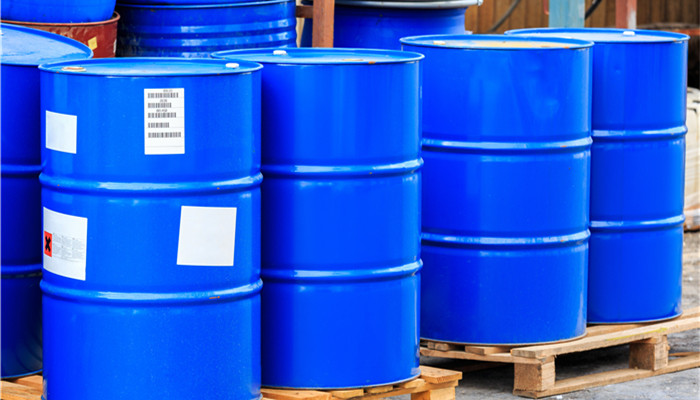
China’s DINCH industry is developing rapidly but still faces many problems
The Chinese name of DINCH is cyclohexane-1,2-dicarboxylic acid diisononyl ester, and its molecular formula is C26H48O4. Its molecular structure is based on the addition of aromatic rings on the basis of phthalates to make it benzene. The ring becomes a saturated cyclohexane structure. DINCH is a colorless, transparent, moisture-free, odorless liquid. DINCH is insoluble in water, soluble in common organic solvents, and can be mixed and compatible with all low-molecular plasticizers commonly used in PVC. DINCH is a non-toxic, environmentally friendly, non-phthalate plasticizer developed specifically for sensitive applications of PVC. In the field of PVC, environmentally friendly plasticizer DINCH can be widely used in toys, food packaging, medical and other fields.
Since BASF launched DINCH in 2002, BASF has long relied on patents to monopolize the production and sales of DINCH. In recent years, with the expiration of BASF’s DINCH technology patents, some DINCH R&D and production companies have emerged in China. A very few companies, such as Zhejiang Jia’ao Environmental Protection Technology Co., Ltd., have achieved large-scale mass production. According to the released “2022-2025 Diisononyl Cyclohexane 1,2-dicarboxylate (DINCH) Industry In-depth Market Research and Investment Strategy Suggestions Report” shows that in 2021, China’s DINCH industry will show a good development trend, with a production capacity of more than 20 tons. However,Analysts believe that China’s DINCH industry still faces the following problems:
1. Imported products pose a strong challenge to the survival and development of domestic enterprises
DINCH was first developed and produced by BASF, and under the technical barriers it built, it monopolized the global market share. In the long-term production process, BASF has gradually improved the DINCH production process and product performance. Therefore, although its patent has expired in recent years and other companies have certain DINCH production capabilities, the DINCH production capabilities and product performance of other companies are still far behind BASF. gap. As an important DINCH consumer in the world, China needs to import a large number of BASF’s DINCH products from abroad every year. Not only do its products have better performance, but they are also in sufficient supply, posing a great challenge to the development of China’s local DINCH industry.
2. The market is small and local companies are not very motivated to produce
Although China is a big consumer of DINCH, in terms of overall scale, the scale of DINCH consumption is not large. At present, China’s plasticizer market is mainly occupied by phthalate plasticizers. As a non-phthalate environmentally friendly plasticizer, DINCH’s market capacity is subject to certain limitations. In addition, imported DINCH squeezes the market for local DINCH products. As a result, although many companies in China have DINCH-related production technologies and patents, very few companies actually produce on a large scale, and the production enthusiasm of industry companies is relatively low.
3. Technical accumulation is relatively weak
From the perspective of technology accumulation and production experience, BASF has begun to produce and apply DINCH products nearly 20 years ago, and through long-term technological updates and process optimization, its large-scale production and product performance levels have taken a leading position in the world. Plasticizer companies in Taiwan and South Korea have also conducted a lot of research in the field of non-phthalate plasticizers similar to DINCH, and their products occupy a certain market share in the global plasticizer market. Research on non-phthalate plasticizers in mainland China is relatively late, and there are few relevant patents in DINCH production, which is not conducive to the long-term development of the industry.

 微信扫一扫打赏
微信扫一扫打赏

